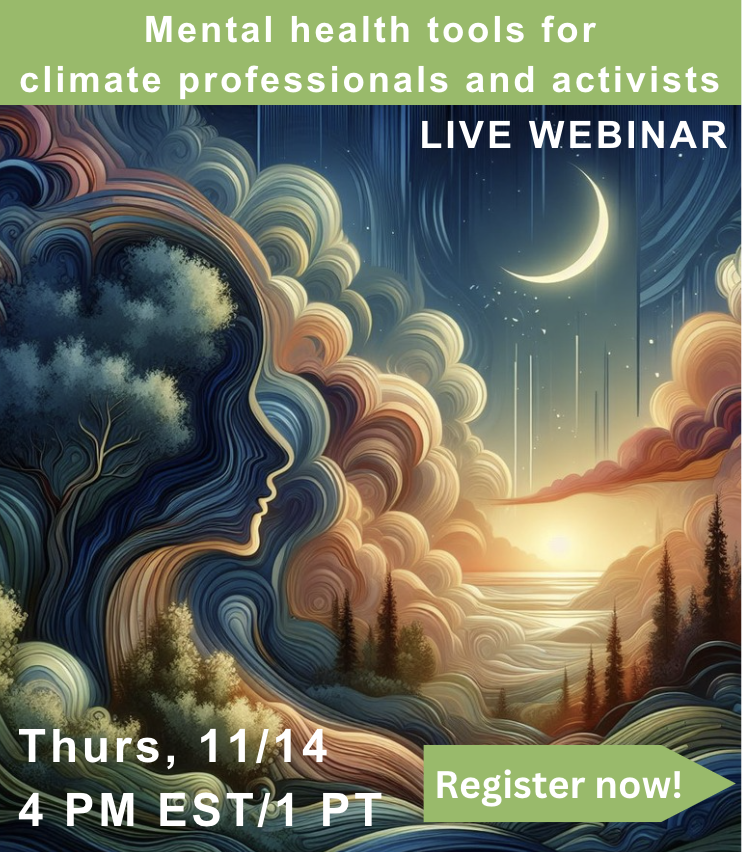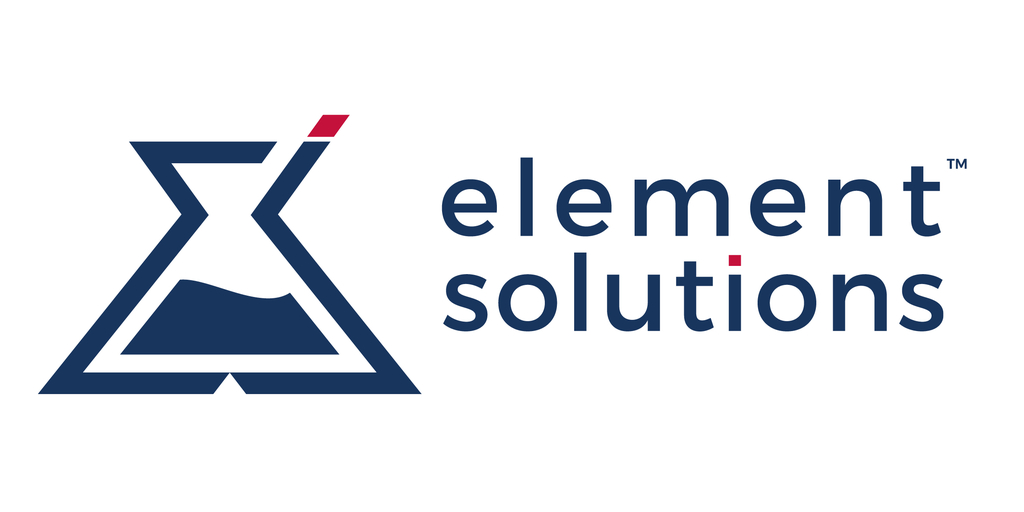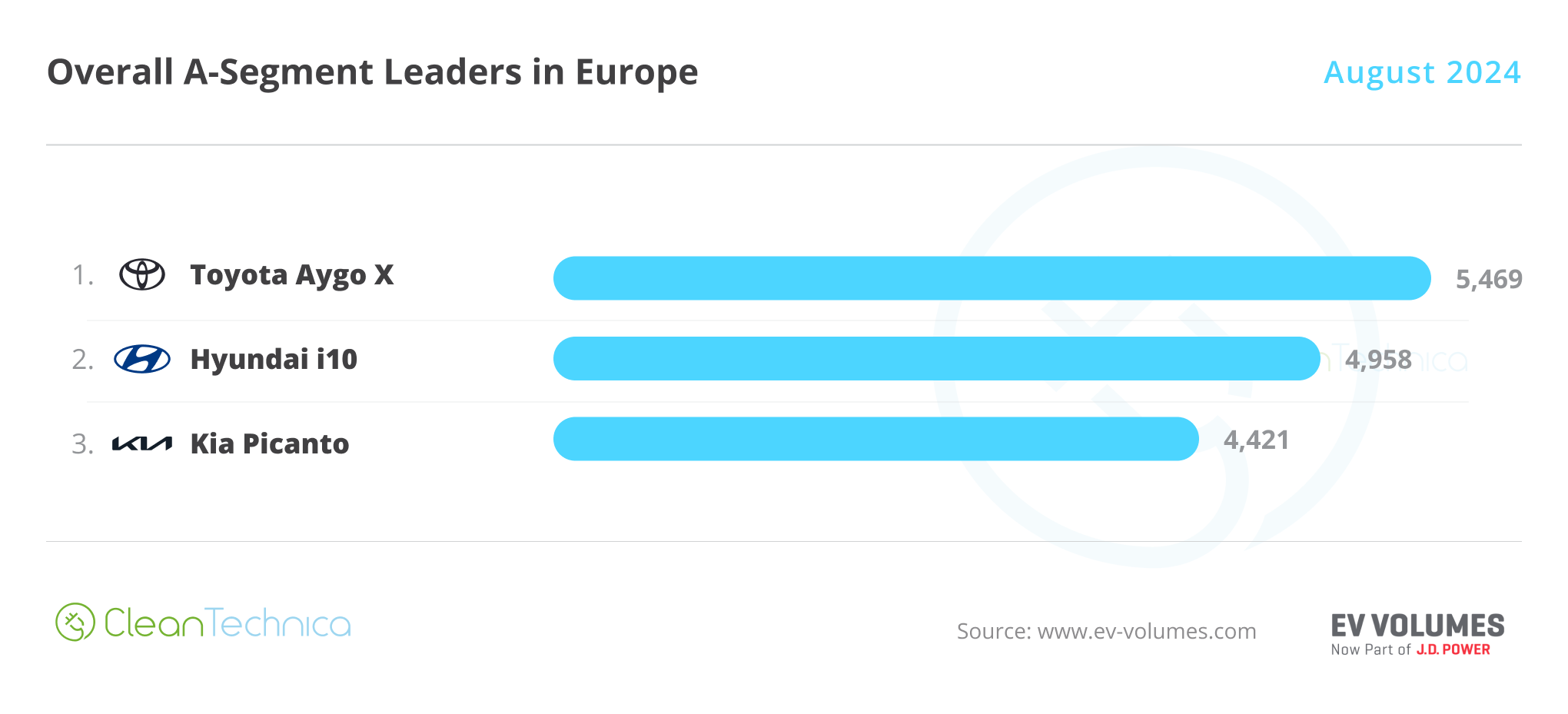Sign up for daily news updates from CleanTechnica on email. Or follow us on Google News!
NOAA constantly tracks the number of events in the United States that cause $1 billion dollars or more of damage. It then attributes the cause of those losses by category — drought, flooding, freezing, severe storm, tropical cyclone, wildfire, or winter storm, rather than a more general category of climate change. The definitions of those categories can be found on the NOAA website, where readers can also track the number and types of big-dollar losses for every year back to 1980.
No matter how you slice the data, the number of disasters that cause more than $1 billion in damage is rising. The question in the scientific community is why? The most common answer is climate change, which we here at CleanTecnhnica prefer to call global heating. The common explanation is that the Earth is getting hotter and that human activity — pumping billions of tons of carbon dioxide and methane into the atmosphere — is responsible. Hotter temperatures mean the air can hold more moisture, which leads to heavier rainfall. We used to think that most of the damage from a hurricane was attributable to high winds, but lately those heavier rains are causing massive flooding, as happened in western North Carolina recently.
That NOAA disaster tracker has some people in the scientific community concerned. They worry it simplifies what is a very complex situation. They argue that human migration to hazard-prone areas has increased, putting more people and property in harm’s way. Disasters are more expensive because there is more to destroy. We would add that disasters are more expensive because the cost of everything has increased dramatically in recent years. Homes that sold for $50,000 in 1980 now sell for $500,000 or more. The price of building materials have doubled and tripled in the past two decades. If you want a quote to replace your roof, make sure you are sitting down before you hear what that will cost.
A significant reason why storms cause so much damage may not be attributable to climate change so much as it is to economics. The Great Miami Hurricane in 1926 caused $105 million in damages. In 2018 terms, the damage from the same storm would cost $236 billion, according to the Washington Post. The billion dollar disaster dataset is “quoted a lot and people use it as a way of saying that climate change is already influencing what we see. And yet, unless you get the economics right, you can’t really justify that,” said D. James Baker, the physicist and oceanographer who led NOAA from 1993 to 2001.
Baker and others say disputing whether global warming’s influence can be found in the disaster data is not the same as questioning whether climate change is real or whether society should switch from fossil fuels. “We know that climate change is real. We don’t see it in the [economic] losses yet,” said Laurens Bouwer, an expert on the assessment of climate risks and a lead author on five reports by the U.N. Intergovernmental Panel on Climate Change.
Climate Change & Human Activity
Scientists like Roger Pielke Jr. believe part of the reason there are more billion-dollar losses is because more people are moving to areas where they are in harm’s way, whether from wildfires, wind storms, flooding, or other natural causes. When Hurricane Milton swept up the Gulf coast of Florida in October, the combined population of the 15 counties impacted by that storm had grown from 3.7 million in 1980 to 9.1 million in 2023. Pielke told the Washington Post, “The degree of societal change dwarfs expected climate changes by orders of magnitude. That’s not to say climate change isn’t important. It’s just to say that we humans are really transforming the surface of the Earth in really profound ways.”
Local politics play a role in that transformation. Municipalities get the revenue they need to serve their communities from taxes. A vacant lot near the coast generates less revenue than the same lot with a $2 million condominium on it, just as a vacant lot in the Rocky Mountains generate less revenue than one with a $2 million ski chalet. That makes it hard for those cities, towns, and counties to say no to developers who want to build in areas that are subject to storms and wildfires.
Officials may want to limit exposure to natural disasters, but the police and fire departments want raises for their employees, the school department wants a new library, and the mayor craves a new limousine. The money has to come from somewhere and taxes are the only way to get more. However, improvements to building codes can make a significant contribution to lessening the amount of damage from storms. When Hurricane Andrew devastated Homestead, Florida, in 1992, much of the damage was caused by roofs being blown off. At the time, those roofs did not have to be securely fastened to the exterior walls. It was assumed that gravity would keep them in place, and we all know about the word “assume,” don’t we?
Recent studies have failed to find global warming’s fingerprint in economic damage from hurricanes, floods, tornadoes, and crop losses. Of 53 peer-reviewed studies that assess economic damage from weather events, 52 could not attribute damage trends to global warming, according to a review of the literature Pielke conducted in 2020. A growing consensus among disaster researchers is that the rise in billion-dollar disasters is not so much an indicator of climate change as it is a reflection of societal growth and risky development.
“A lot of the things we see in the disaster losses are obscured because there’s an overwhelming signal of more people in risky places, growing populations worldwide, more infrastructure, more assets, higher values. This is the main signal. And that’s where the science is at the moment,” said Laurens Bouwer.
The Chicken Or The Egg?
Scientist speak their own language, just as physicians, attorneys, and software engineers do. That special language allows people in the same field to talk to each other in a way that is understandable, but the words they use may be unintelligible to others who are not part of that community. Scientific language can obscure as much as illuminate. There is an apocryphal story of two members of Congress, one a Democrat and the other a Republican, who spent a day listening to a group of scientists expound on their latest research. When it was over, as the two legislators were leaving the hearing room, one turned to the other and said, “Did you understand any of that?” The other one replied, “Nope, not a word.”
Margaret Garcia, a co-author 0f the National Climate Assessment, told the Washington Post in an email that she used the NOAA billion-dollar disaster dataset “to clearly communicate that climate change is a present day problem here in the United States with significant impacts. We wanted to counter the common perception that climate change is a problem for the future and for someone else.” She added that the billion-dollar disaster dataset does not capture all the ways global warming impacts the economy because it includes only the most expensive disasters caused by a subset of extreme events. For instance, it does not include the houses in Rodanthe, North Carolina, that have fallen into the ocean recently as a result of coastal erosion and sea level rise. Those losses are also influenced by societal factors like risky development and obscure real estate disclosures.
Kathie Dello, North Carolina’s state climatologist who co-authored a different chapter of the climate assessment that cited the billion-dollar disasters, said she prefers to focus on climatic data. She added that she saw the logic in discussing disaster damage because most people care more about economic issues than climate change. “Everyone always wants to know, what is this going to cost me? There’s been a lot of pressure on climate scientists to tell the story better.”
The Takeaway
The problem is summarized by the expression, “Coincidence is not causation.” It is fashionable for people to associate climate change with any number of phenomena — droughts, wildfires, flooding, and windstorms. At CleanTechnica, we are guilty of the same thinking. Doing so is not wrong — clearly hotter ocean and air temperatures are contributing to those events. The most recent hurricane to hit the United States, Milton, grew from a tropical depression to a Category 5 hurricane in about a day, something that has seldom, if ever, been seen before.
The point is that there are other factors that influence the amount of economic damage from those events and we should not ignore them. When Hurricane Katrina devastated New Orleans in 2005, it was a Category 3 storm — powerful, but not unusual for a hurricane. What devastated the city was not the wind, but the flooding, and that was largely the result of failures in the infrastructure around the city that was intended to protect it. Dikes collapsed, pumps failed, and parts of the city were inundated by catastrophic flood waters. For more on the aftermath of Katrirna, read One Dead In Attic, a book by Charlie Rose, who was a reporter for the local newspaper.
Another factor that exacerbated the destruction of the city was the New Orleans ship channel, a man-made canal designed to make it easier for cargo ships to access the city from the Gulf of Mexico. Some believe it acted like a shotgun barrel, focusing the power of the storm and aiming it straight at the heart of one of America’s most iconic cities.
We need to be careful when talking about global heating and what weather events it is causing. There are other factors at work that should not be dismissed when analyzing the impact of a changing climate. But here’s the point. All of those factors are directly linked to human activity. Whether it is more powerful storms or more development in areas where humans invite catastrophe, it all leads back to us. We can argue till the cows come home about which factors are most responsible, but in the end, such discussions tend to obscure the obvious — it’s all of the above, and it all comes back to human activity. That’s the triple net bottom line.

Chip in a few dollars a month to help support independent cleantech coverage that helps to accelerate the cleantech revolution!
Have a tip for CleanTechnica? Want to advertise? Want to suggest a guest for our CleanTech Talk podcast? Contact us here.
Sign up for our daily newsletter for 15 new cleantech stories a day. Or sign up for our weekly one if daily is too frequent.
CleanTechnica uses affiliate links. See our policy here.
CleanTechnica’s Comment Policy




